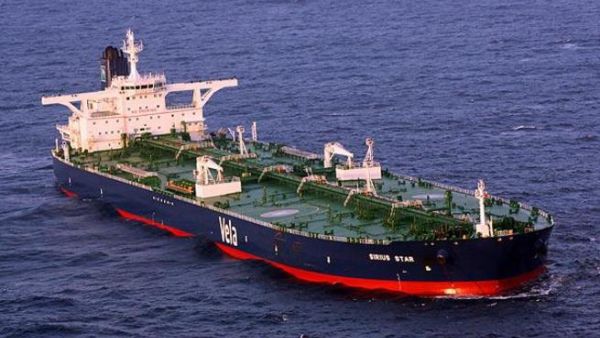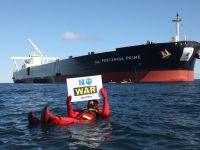The cost of shipping Middle East crude oil to Asia, the world’s busiest route for tankers, fell for a fourth session in London because of a surplus of vessels competing for cargoes.
Charter costs for very large crude carriers, or VLCCs, on the benchmark Saudi Arabia-to-Japan route declined 0.7 per cent to 49.24 Worldscale points, according to the Baltic Exchange in London on Wednesday. Rental income from the route slid 45 per cent to $659 a day, the lowest level since May 6.
“The demand side has been pretty robust all year, but the supply side of this market is just horrific,” Will Leslie, London-based head of freight derivatives at ACM-GFI, a broker of the contracts, said by e-mail on Wednesday. “There are quite simply too many VLCCs competing for each cargo.”
Demand for the vessels will expand 2.8 per cent this year, about a third of the fleet’s estimated 8.7 per cent growth, according to Clarkson Research Services Ltd, a unit of the biggest shipbroker.
Worldscale points are a percentage of a nominal rate, or flat rate, for more than 320,000 specific routes. Flat rates for every voyage, quoted in US dollars a ton, are revised annually by the Worldscale Association in London to reflect changing fuel costs, port tariffs and exchange rates.
The Baltic Dirty Tanker Index, an overall measure of shipping crude that includes vessels smaller than VLCCs, declined 0.1 per cent to 725 points, according to the exchange.







